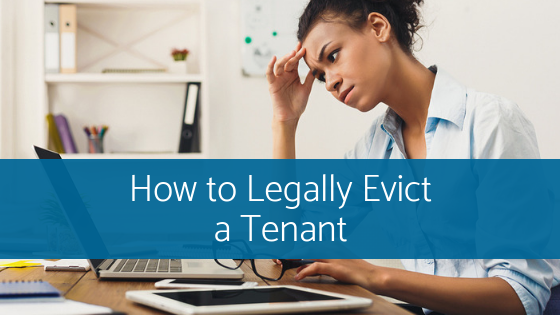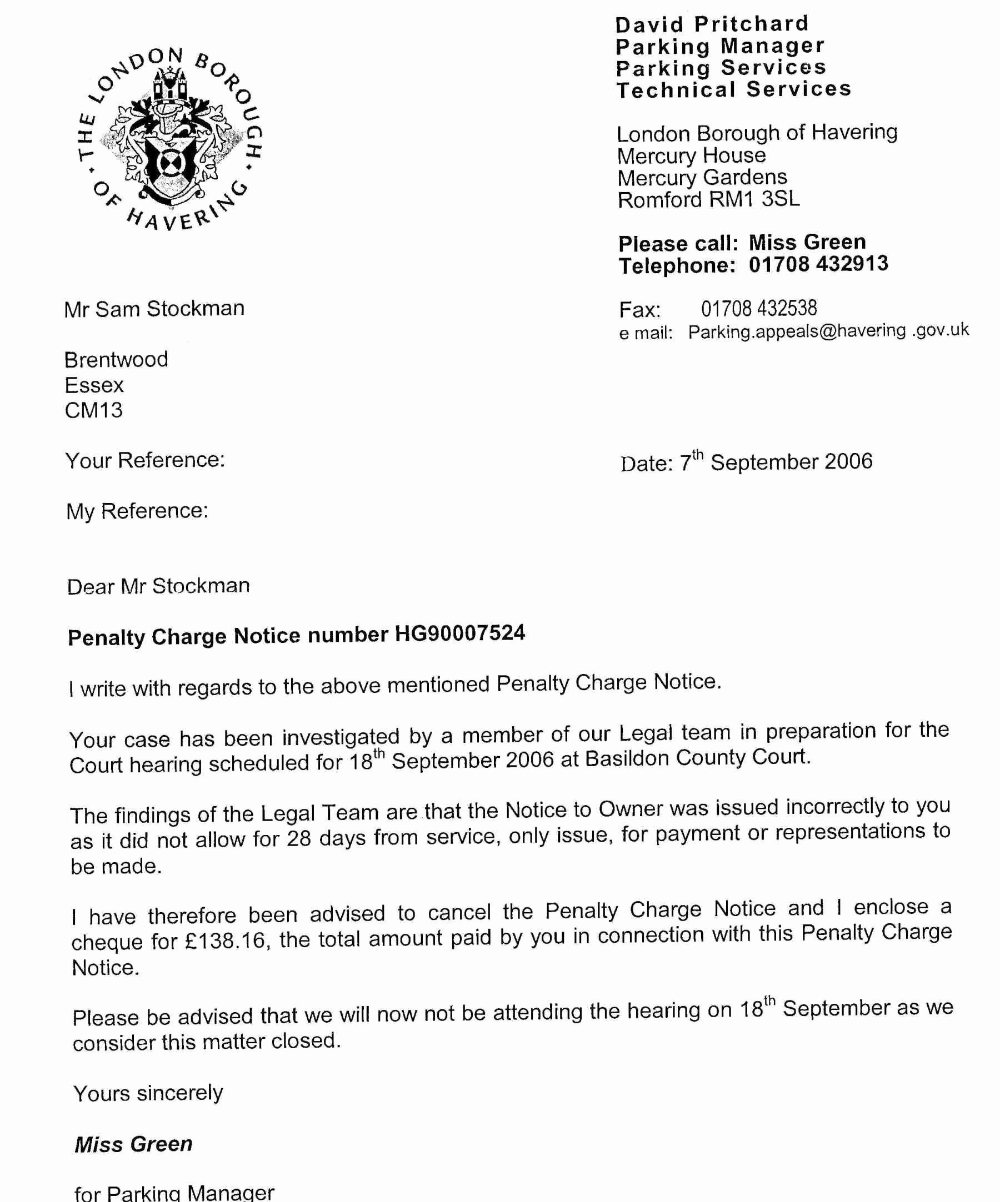5 Documents Required to Evict a Tenant Legally

In the realm of property management, one of the most challenging tasks landlords might face is tenant eviction. Ensuring that this process is handled correctly is not only vital for maintaining legal integrity but also for preserving landlord-tenant relations. Evicting a tenant legally requires several documents to be prepared and presented in a specific manner. Here are the five crucial documents you need to proceed with an eviction process effectively:
Notice to Quit

The Notice to Quit is the initial document that sets the eviction process in motion. This notice legally informs the tenant of their violation of the lease terms, whether it’s non-payment of rent, unauthorized occupancy, or any other breach. Here’s what this document typically includes:
- Date of Issue: This establishes the timeline for when the tenant must vacate or remedy the situation.
- Reason for Eviction: Clearly outline why the tenant must leave.
- Time Frame: The period given to the tenant to either remedy the issue or vacate, which varies by state or local law.
- Tenant Information: Full names of all tenants, the property address, and lease agreement references.
- Landlord Information: Contact information for the landlord or property manager for further discussions.
📝 Note: The duration of notice can vary significantly based on the reason for eviction and local laws. Always consult your local statutes.
Lease Agreement

The Lease Agreement forms the backbone of any eviction case. This document not only outlines the responsibilities and rights of both the landlord and the tenant but also serves as evidence:
- It proves that the tenant was legally obligated to fulfill certain conditions.
- It contains clauses that, if breached, can justify the eviction.
- Helps courts understand the original agreements, including rent amount, tenancy duration, and terms of eviction.
Proof of Violation

Providing Proof of Violation is essential to justify the eviction. Here are the types of evidence:
- Non-payment records: Documentation showing late or unpaid rent.
- Police reports: For illegal activities or disturbances.
- Damage or maintenance records: Photographic evidence, maintenance request logs, etc.
- Complaint Letters: Letters from other tenants or neighbors if the eviction is due to disturbance or unauthorized pets.
Notice of Unlawful Detainer

After the tenant fails to comply with the Notice to Quit, landlords proceed with filing for eviction. The Notice of Unlawful Detainer or similar legal document officially informs the tenant of court proceedings:
- This document legally communicates the tenant’s right to appear in court to contest the eviction.
- Details include:
- Date of the court hearing.
- The court’s address.
- The reason for eviction, referencing lease violations.
- The summons provides the tenant with the date, time, and location of the eviction hearing.
- It includes information on how the tenant can respond or object to the eviction.
- Failure to respond to the summons can result in a default judgment in favor of the landlord.
Eviction Summons

The Eviction Summons is served after the court receives the Unlawful Detainer. It’s a formal notification:
The journey to eviction involves a series of carefully orchestrated steps, with each document playing a pivotal role. From serving a Notice to Quit to receiving an Eviction Summons, landlords must follow legal protocols meticulously. This process isn't just about reclaiming a property; it's about upholding the law, protecting tenants' rights, and ensuring a fair process for all involved. Legal eviction documents serve as the foundation for maintaining order, clarity, and integrity in property management.
The steps detailed in this post are a guide to navigating the often intricate process of tenant eviction legally. Remember, while these documents are essential, each case might require specific nuances or additional documents based on local laws or lease agreements. Staying informed about your jurisdiction's eviction laws, consulting with a legal professional, and maintaining an open line of communication with tenants can smoothen this difficult process. With the right documentation and approach, landlords can resolve tenancy issues in a manner that is both lawful and considerate.
Can I start the eviction process without a Notice to Quit?

+
No, a Notice to Quit must be served before any legal eviction action. This notice gives the tenant a chance to resolve the issue or vacate the premises voluntarily.
What happens if the tenant refuses to leave after receiving the Notice of Unlawful Detainer?

+
If the tenant does not comply with the Notice of Unlawful Detainer, the landlord can proceed to court. The court will then issue an Eviction Summons to legally require the tenant to attend a hearing.
Do I need to provide proof of violation for all types of evictions?

+
Yes, having proof of the tenant’s violation of the lease agreement or local laws strengthens your case significantly. This proof can range from rent ledgers for non-payment to photographs for property damage.